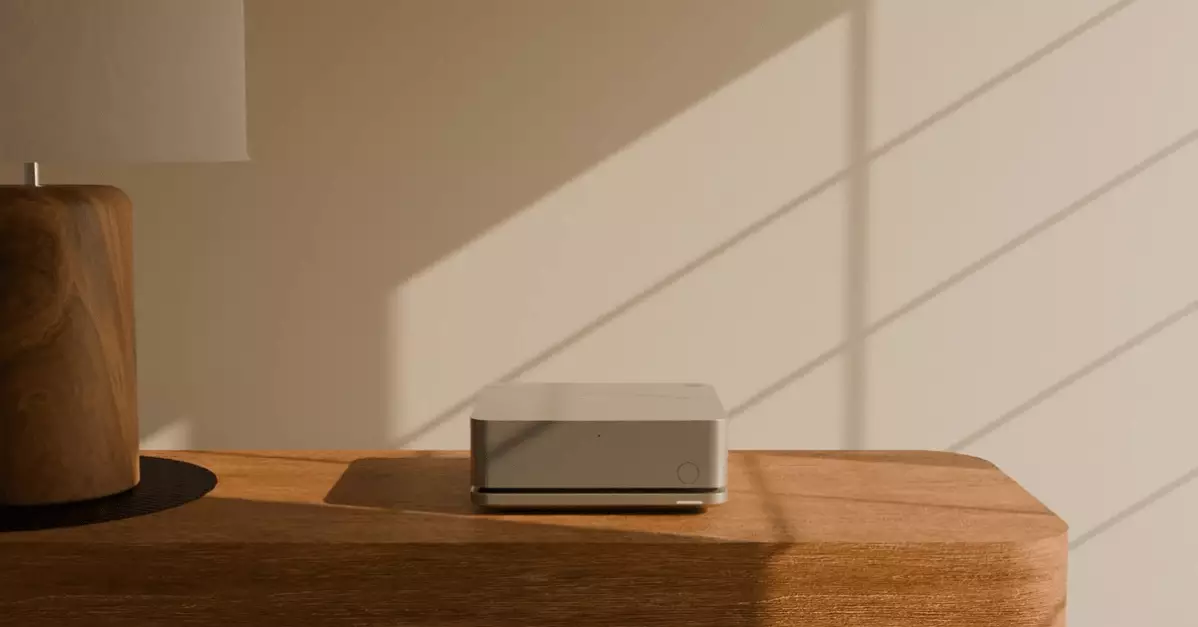In today’s technology-driven age, personal well-being and environmental health intersect like never before. Ultrahuman, a notable player in the smart wearables market, has unveiled a $549 device aimed at revolutionizing the way we interact with our living spaces. The Ultrahuman Home device is an ambitious step towards empowering users with real-time data about their home environments. Unlike traditional smart home gadgets that offer mere convenience, this new device focuses on something profoundly personal—our health.
However, it’s important to approach this development with a critical lens. While the Ultrahuman Home equipment boasts the ability to monitor crucial environmental variables—such as air quality, noise levels, lighting conditions, and humidity—it doesn’t extend its capabilities to modifying these facets of home life. That gap raises an essential question: is merely tracking environmental metrics enough?
Essential Features and Limitations
The Ultrahuman Home prides itself on its comprehensive monitoring features. It captures data on fine particulate matter, carbon monoxide, carbon dioxide, and even chemical pollutants, such as formaldehyde. This level of detail is impressive; for many, it could provide valuable insights that lead to better health choices. For instance, detecting elevated noise levels that could disrupt sleep patterns offers a new lens through which to assess our nighttime environments. Additionally, by analyzing the type and amount of light exposure in the home, users can make informed decisions about their lighting setups to align with natural circadian rhythms.
Yet, there is a stark limitation: users are left in a reactive state rather than proactive solutions. The Ultrahuman Home is akin to having a high-tech weather station that only offers alerts about bad weather without any tools to actually protect against it. Without the ability to control air purifiers, dehumidifiers, or other devices that could address issues in real-time, the frustration of owning such a device could outweigh its potential benefits.
Integration with Wearable Technology
Where the Ultrahuman Home shines, however, is in its ability to sync with the Ultrahuman Ring, enhancing the overall user experience. This pairing introduces an intriguing “UltraSync” feature, providing personalized insights into how environmental factors might be affecting heart rate, sleep quality, and recovery. This level of integration is a step in the right direction toward a more cohesive understanding of personal health, showcasing how technology can be effectively utilized in tandem.
Yet, one must consider whether this feature alone justifies the hefty price tag or the device’s limitations. If the environmental feedback leads consumers to take positive actions but offers them no means to effectively address those issues, one has to question the practical application of the insights provided.
In essence, the Ultrahuman Home offers a promising glimpse into the future of wellness-focused technology, but it also reveals an important challenge. As our dependency on data grows, manufacturers must ensure that their innovations do not simply monitor but also empower users to enact meaningful changes in their environments. As it stands, the Ultrahuman Home represents both the potential and the pitfalls of modern technology in health monitoring.

